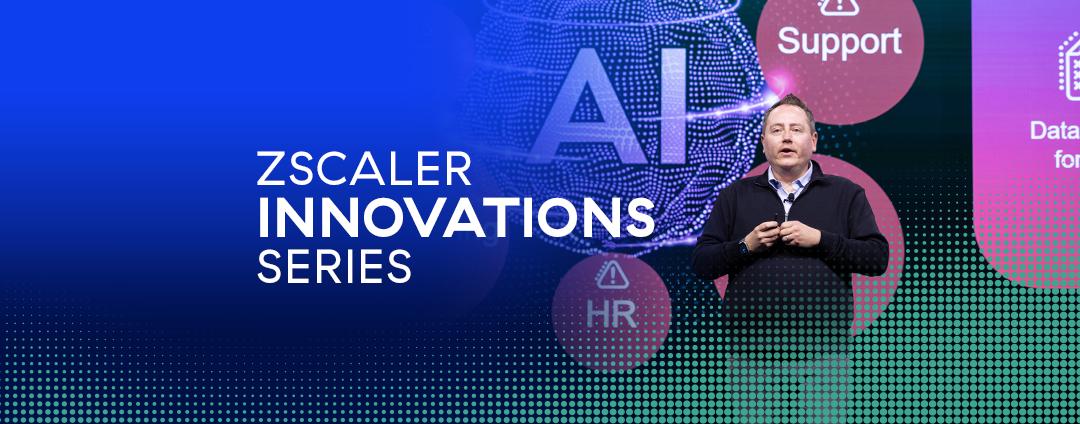One of the fundamental premises organizations rely on when migrating workloads from private data centers to the cloud or when building new applications in the cloud is to take advantage of the security benefits offered by cloud service providers (CSPs). The fact that CSPs provide the latest in infrastructure, comply with local regulations, and exercise industry best practices & standards are just a few reasons why organizations want to use the public cloud.
Additionally, because of the shared responsibility model outlined by AWS and other CSPs, organizations do not have to handle all aspects of security as they would on-premises. Rather, depending on how organizations want to utilize the public cloud, whether it is IaaS / PaaS / SaaS / FaaS, certain security aspects are handled by the CSP and the remaining by the organization. Taken together, the premise of better security when moving workloads from on-premises to the cloud appears sound.
However, in practice, things are less than ideal. As organizations implement a multi-cloud strategy by using different CSPs and deploy workloads around the globe, they are, in many cases, applying legacy network security solutions and architectures to secure these cloud workloads. Taken together, these efforts not only introduce a high degree of complexity, it also creates additional security risks such as introducing a larger attack surface for cyberattackers to leverage.
Therefore, in order to gain the benefits that come with transitioning to the cloud while also securing workloads and applications more effectively, organizations should consider the following practices.
Collaboration
Network, security, development, cloud, and a multitude of other teams within organizations generally act as autonomous units while only syncing during specific stages in the software development lifecycle. The best organizations are those in which these teams can effectively collaborate in order to execute properly and securely. The challenge comes from the use of disparate security products and the inability of some products to be incorporated into the software development process. A solution must be tightly integrated into the software development lifecycle while also providing the ability for teams to better collaborate.
Consolidation
The acceleration in cloud adoption necessitates a wide range of security products to protect different aspects of an organization’s cloud footprint. These security products can span from posture management, event monitoring, data loss prevention, application protection, entitlement management, and network security. Utilizing disparate products makes things difficult for teams, like network and security, because each new service requires added expertise along with increased complexity from managing all the different products. A comprehensive security platform that integrates all these components provides simplified management, better value, and improved security to organizations.
Prioritization
Prioritization of risk can be challenging with limited staff. Data collation is time- consuming and there is significant overhead required when managing numerous disparate security point products. When tying this together with the constant increase in cloud workloads and applications, it becomes an untenable challenge for security staff to properly prioritize security risks. Organizations must be able to correlate critical signals across cloud services in order to properly assess and prioritize risk. Not only will this reduce security complexity, it will also accelerate response time to the true risks that affect organizations.
Visibility & Monitoring
Cloud infrastructure, workloads, and applications continuously change over time. Additionally, the development lifecycle for every application may each have unique security requirements. Therefore, it’s imperative that organizations have the ability to monitor applications from build time to runtime and have complete visibility into the communications of these applications. Doing so will enable organizations to gain better coverage and control their cloud footprint.
Zero Trust
A key issue when using various security point products and legacy network security solutions and architectures to secure cloud workloads is access management. Whether the security solutions are overly permissive due to lack of granular controls or the workloads are misconfigured from complexity in managing the entire cloud estate, the result is increased risk and poor compliance. What organizations need is a modern cloud-native security platform that not only provides a true zero trust-based approach but also a means to proactively and continually review and manage access for their cloud workloads.
In order to properly secure your critical workloads, you must consider the many factors that can lead to the risk of critical exposure or compromise. By using a structured approach and leveraging these best practices, you can streamline workflows and successfully protect the infrastructure, workloads, and applications in your public cloud environments.
See how Zscaler is securing cloud workloads for organizations here.
Zscaler will also be at AWS re:Invent 2022. Visit our booth to see how we are simplifying cloud workload security for organizations. Learn more here.





